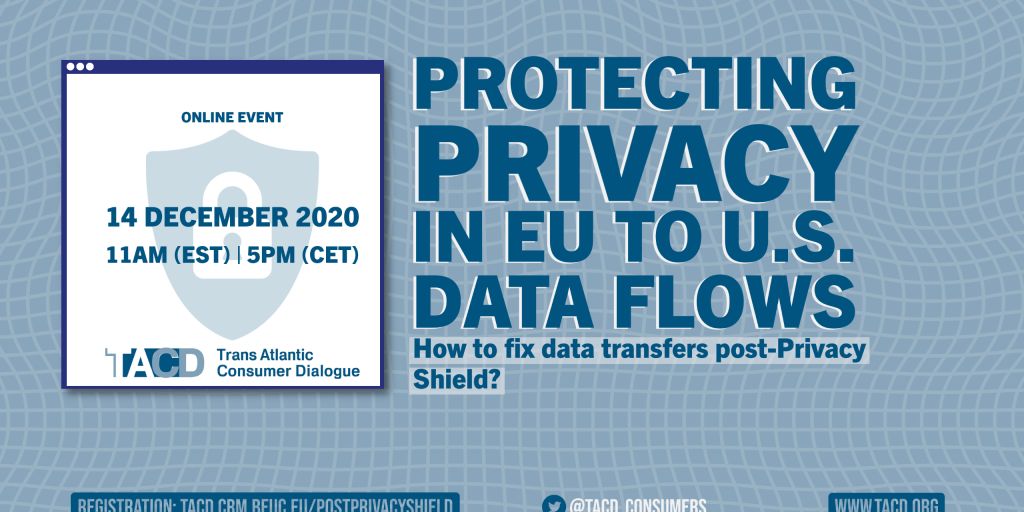The evolution of technology has brought about the creation of Fake Nude Generators, sparking controversy and ethical concerns. This article delves into the development, challenges, and impact of AI Image Generators in today’s digital landscape.
Key Takeaways
- Fake Nude Generators have evolved from startup-like growth tactics to sophisticated deepfake technologies, with the development of apps like DeepNude.
- The controversy surrounding Fake Nude Generators includes abuse targeting women, hyper-realistic output, and the generation of pornographic images.
- Expansion of Fake Nude Generator services has spread across the web through partner agreements and recruitment systems.
- Challenges in regulating Fake Nude Generator technology include reversing deepfakes, hosting source code, and dealing with immature technology.
- Ethical concerns with AI Image Generators involve nonconsensual deepfake porn, misuse, and abuse.
The Evolution of Fake Nude Generator Technology

Startup Growth Tactics
The rapid expansion of fake nude generator platforms, such as Nudify.Online, showcases a startup-like growth strategy. These platforms leverage aggressive marketing and user engagement tactics to increase their user base and visibility. The technology has evolved from a niche experiment to a widely recognized and controversial tool.
Sophistication of Deepfake Technologies
AI nudification technologies have seen significant advancements in recent years. The ability to create hyper-realistic and convincing fake images has improved, making the technology more accessible and easier to use. This sophistication has led to a broader adoption and increased concerns about its misuse.
Development of DeepNude App
The creation of the DeepNude app marked a pivotal moment in the evolution of fake nude generator technology. Despite its eventual shutdown, the app’s underlying technology and source code continue to influence and inspire similar tools across the web. This has perpetuated the cycle of development and distribution of such controversial technologies.
The Controversy Surrounding Fake Nude Generator

The proliferation of a deepfake website that utilizes artificial intelligence to generate ‘nude’ images of women has raised significant ethical and safety concerns. This technology, which has evolved into various look-alike services through partner agreements and a referral system, poses a threat to privacy and consent. The hyper-realistic output of these AI-generated images, even from non-nude photos, has intensified the controversy surrounding the creation of pornographic content without consent. The ease of access and use of such technology has exacerbated the risks of abuse and exploitation.
Expansion of Fake Nude Generator Services

Spread Across the Web
The proliferation of AI nudifier services has been marked by a rapid spread across the web. These platforms have spawned numerous look-alike services through partner agreements, effectively multiplying their reach. The ease of access and the broad dissemination of these services have raised significant concerns about their potential misuse.
Partner Agreements
The expansion of these services is facilitated by strategic partner agreements. For instance, some spin-off sites pay substantial fees to use the technology, allowing them to generate thousands of nude images. These partnerships not only increase the service’s footprint but also complicate efforts to regulate or control these technologies.
Recruitment Through Referral System
A referral system has been instrumental in recruiting new users to these platforms. This system rewards existing users for bringing new customers, thereby accelerating the growth and reach of these services. The referral programs are often aggressively marketed, promising rewards and increasing user engagement.
The rapid expansion and the ease of spreading these services highlight the urgent need for effective regulatory measures.
Challenges in Regulating Fake Nude Generator Technology

Reversing Deepfakes
Reversing deepfakes remains a significant challenge due to the sophistication of the technology. Generative adversarial networks (GANs) are used to create these convincing fakes, making them difficult to detect and reverse. Efforts to develop tools that can identify and undo deepfakes are ongoing, but the technology is still immature.
Hosting Source Code
The availability of the source code for deepfake technologies complicates regulatory efforts. Even when original applications like DeepNude are taken down, their source code often remains accessible on the web, enabling others to create derivative works. This perpetuates the spread of these technologies despite attempts to control them.
Immature Technology
The immature state of technology for detecting and regulating deepfakes poses a significant hurdle. Current tools and methods are not yet capable of effectively managing the rapid advancements in AI-generated fake imagery. This gap leaves a window open for misuse, highlighting the urgent need for accelerated development in this area.
Ethical Concerns with AI Image Generators

Nonconsensual Deepfake Porn
The creation of nonconsensual deepfake pornography is a significant ethical issue in AI image generation. This misuse of technology can have devastating effects on individuals’ lives and reputations. It’s crucial to address these concerns to prevent harm and uphold ethical standards in AI development.
Sophistication of AI Imagery
As AI technology advances, the imagery produced becomes increasingly realistic, making it difficult to distinguish from authentic content. This sophistication can be used to manipulate public perception and spread misinformation, highlighting the need for stringent ethical guidelines and verification tools.
Misuse and Abuse
AI image generators are often used in ways that can harm individuals or groups. This includes creating fake images to bully or harass others, and manipulating images to spread false information. The potential for misuse and harm is a pressing ethical dilemma that requires immediate attention and action.
AI Image Generators and Social Media Impact

Viral AI-Generated Images
The rapid spread of AI-generated images across social media platforms has been both astonishing and alarming. These images, often shared virally, can distort public perception of individuals or events, leading to widespread misinformation.
Risks of Misleading Content
AI image generators can produce content that blurs the line between reality and fiction. This capability poses significant risks as the generated images are often indistinguishable from authentic photographs, making them powerful tools for misinformation.
Impact on Social Media Platforms
The integration of AI image generators into social media has prompted platforms to reconsider their content moderation policies. The need for advanced detection tools is imperative to manage the influx of AI-generated content, which can sometimes violate community standards or ethical guidelines.
Justification and Future Potential of AI Image Generators

Disclaimers and Regulations
In the evolving landscape of AI image generation, disclaimers and regulations are crucial for informing users about the capabilities and limitations of these technologies. Establishing clear guidelines can help mitigate misuse and set ethical boundaries.
Potential for Custom Pornography
The potential for custom pornography using AI image generators is significant. This application, while controversial, could lead to new forms of adult entertainment that are consensual and regulated.
Ethical Considerations
The ethical considerations surrounding AI image generators are complex. It is essential to balance innovation with the protection of individual rights and privacy. Stakeholders must engage in ongoing discussions to address these challenges effectively.
Issues of Privacy and Safety in AI Image Generation

Incidents of Sharing Fake Images
The sharing of fake images generated by AI has led to numerous privacy violations and safety concerns. These incidents often involve the unauthorized use of personal photos to create misleading or harmful content. Efforts to curb these practices include technological solutions and stricter regulations, but challenges persist.
Concerns About Image Alterations
AI technologies that alter images can significantly impact individuals’ privacy and personal security. The ability to modify images seamlessly has made it difficult to trust the authenticity of digital media, leading to a broader discussion about the need for verifiable sources of information.
Impact on Individuals
The misuse of AI in image generation can have profound effects on individuals, ranging from emotional distress to reputational damage. Educational campaigns and technological safeguards are critical in helping individuals understand and mitigate the risks associated with these technologies.
Conclusion
In conclusion, the proliferation of fake nude generator technology poses serious ethical and societal concerns. The ease of creating hyper-realistic deepfake pornographic images, especially targeting women, highlights the urgent need for robust regulations and ethical guidelines in the development and use of AI technology. The spread of such technology, despite bans and efforts to mitigate its harmful effects, underscores the challenges in combating the misuse of AI for nonconsensual purposes. As we navigate this complex landscape, it is crucial for tech companies, policymakers, and society as a whole to address the dark side of AI technology and prioritize the protection of individuals’ privacy and dignity.
Frequently Asked Questions
How does a Fake Nude Generator technology evolve over time?
The technology has evolved through startup growth tactics, sophistication of deepfake technologies, and the development of apps like DeepNude.
What are the main controversies surrounding Fake Nude Generators?
Controversies include abuse targeting women, hyper-realistic output, and the generation of pornographic images.
How have Fake Nude Generator services expanded online?
They have spread across the web, formed partner agreements, and recruited users through referral systems.
What are the main challenges in regulating Fake Nude Generator technology?
Challenges include reversing deepfakes, hosting source code, and dealing with immature technology.
What are the ethical concerns associated with AI Image Generators?
Ethical concerns include nonconsensual deepfake porn, sophistication of AI imagery, and potential misuse and abuse.
How do AI Image Generators impact social media platforms?
They can lead to viral AI-generated images, risks of misleading content, and impacts on social media platforms.
What is the justification and future potential of AI Image Generators?
Justification includes disclaimers and regulations, potential for custom pornography, and ethical considerations.
What privacy and safety issues arise from AI Image Generation?
Issues include incidents of sharing fake images, concerns about image alterations, and impacts on individuals’ privacy and safety.











